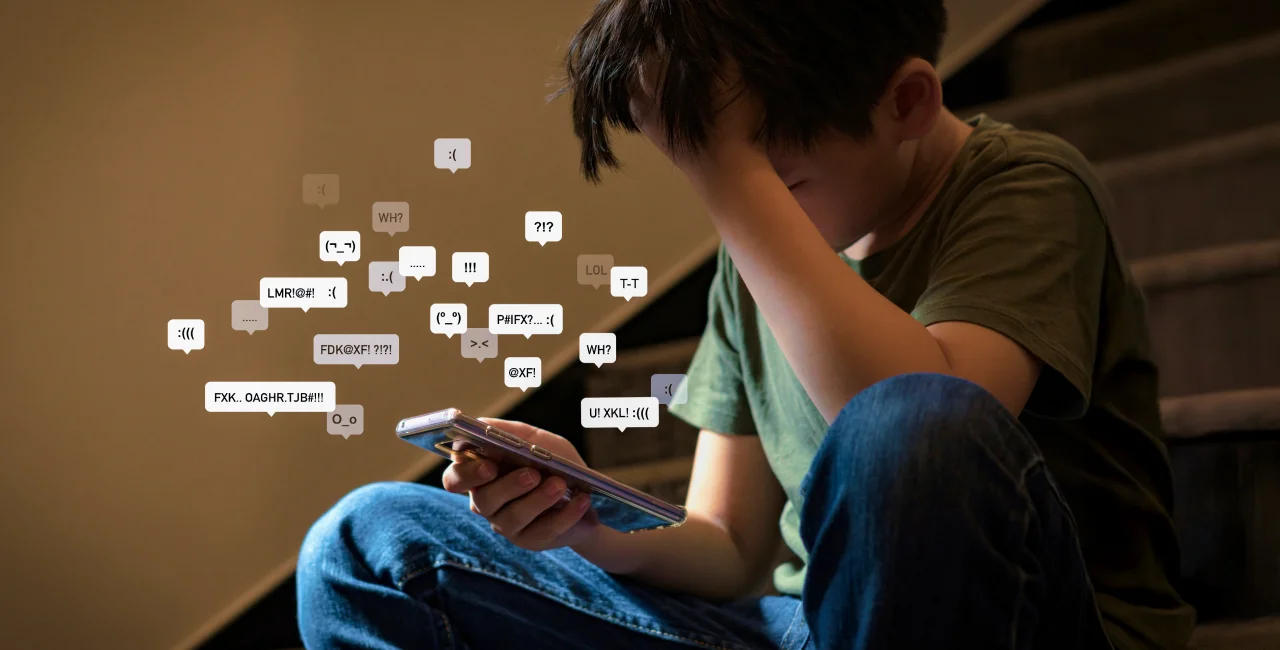An overwhelming majority of young people in Czechia report encountering cyberbullying and hate speech online, according to a new survey that raises concerns about the normalization of digital abuse among adolescents.
The study, conducted by Ipsos for telecom provider T-Mobile and the NGO In Iustitia, found that 67 percent of teenagers have experienced cyberbullying, while a staggering 94 percent encountered hate speech online over the past year.
“These behaviours are becoming so routine that many young people no longer recognize them as cyberbullying,” said Michal Kormanák, an analyst at Ipsos. “This trend needs to be addressed with targeted measures in schools and youth organizations.”
The survey gathered responses from 816 individuals aged 11 to 21, including 194 participants from minority groups such as Ukrainians and young people with disabilities. More than half of the respondents from minority backgrounds said they are exposed to online hate several times per week.
Hate speech common, particularly against Ukrainians and LGBT+ youth
While hate speech was pervasive across all demographics, it disproportionately targeted Ukrainians and LGBT+ individuals, reflecting broader tensions in society. Nearly half (49 percent) of those surveyed said they come across hateful content at least once a week.
In Iustitia’s director, Klara Kalibová, noted that the findings likely understate the full extent of the problem. “Prejudice against minorities is a common feature of daily life in Czechia. Given the limited sample size, the actual numbers—especially among Roma and Ukrainian youth—are probably higher,” she said.
Responses Vary: Active resistance vs. passive coping
- 45 percent say they respond actively to online hate—by reporting content or engaging in discussion. 35 percent react passively, for instance by blocking users.
- Among minority youth, 66 percent take action, often motivated by solidarity: 42 percent said they spoke out to defend others.
- Still, not everyone seeks help. While 60 percent of those affected by cyberbullying confided in someone, boys were notably less likely to do so.
The report underscores how social media—used daily by 82 percent of respondents—has become a central arena for both social interaction and abuse. As youth spend more of their lives online, the lines between digital harm and real-world impact continue to blur.
Czechia appears to be significantly above the EU average in both cyberbullying and online hate speech among young people: a 2023 Eurostat report found that 49 percent of EU citizens aged 16 to 29 encountered online messages considered hostile towards certain groups or individuals.
Just slightly edging out Czechia, countries like Estonia, Denmark, and Finland reported the highest rates, with 68 to 69 percent of young people exposed to such content.













 Reading time: 2 minutes
Reading time: 2 minutes 
































